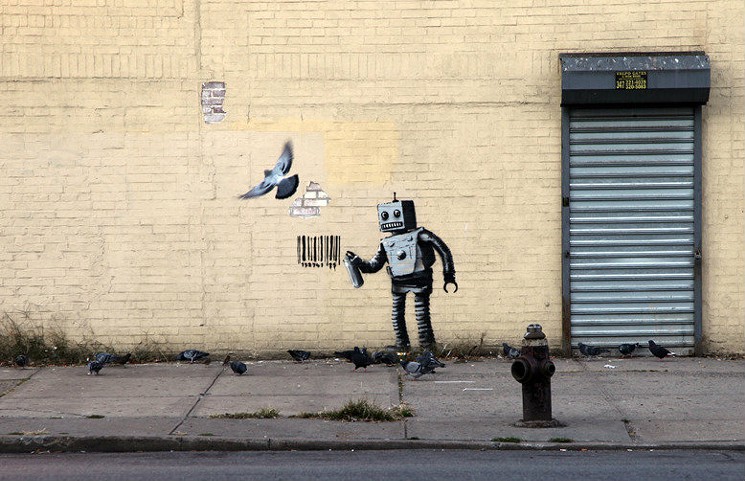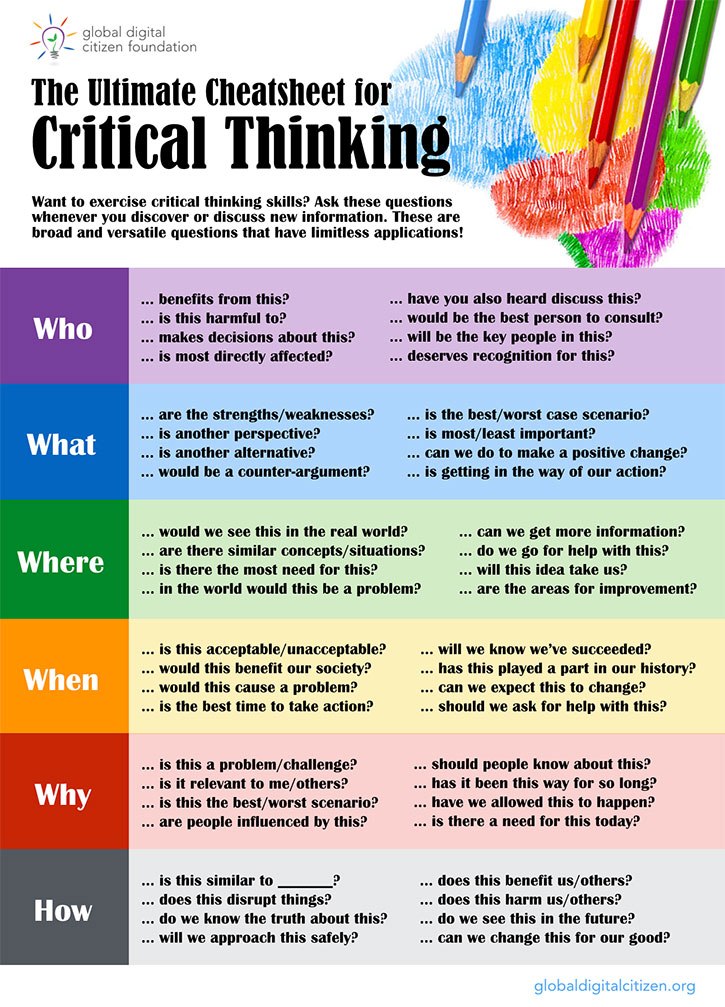
I have a confession: I became a UX designer because I wanted to change the world. Why has this become something I don’t like to say out loud? Perhaps it’s an image of a certain kind of self-important monster so perfectly parodied in HBO’s Silicon Valley. Or perhaps it feels icky because the gulf between the trite sentiment of “world-changing” and the minutiae of everyday seems so absurdly vast. And yet, if we consider the reality we all seem to be inhabiting at this particular moment in history, an unavoidable truth becomes apparent: Digital experiences are rapidly changing the world, and as designers and technologists, we are often the conduit.
For example, a recent article in The Guardian explored new research that demonstrates the nefarious biases present in machine learning. Because these algorithms are crawling the internet for words and ideas published by us mere mortals, they (unsurprisingly) reflect our many biases back to us, for better or worse. The ethical implications are manifold, with research showing how the technology has the capacity to reinforce social inequalities, racism, and prejudices. As interfaces rely on this technology more and more, we must consider when and how it’s appropriate to use.
In contrast, take the example of “like” buttons. For such a small and simple interaction, the ability to “like” something on the internet has had culture-shaping effects. A study published last year by UCLA’s Brain Mapping Center demonstrated that the number of likes teenagers received positively correlated to the amount activity in the reward and pleasure center of the brain (the same place that activates behavioral reinforcement for taking drugs or eating junk food), demonstrating how the activity of liking can encourage teenagers to engage in risky behavior. Indeed, design decisions that seem innocuous sometimes have the most profound effects.
So given the knowledge of our own power as designers, what is our responsibility?
If you thought you were going to get an answer to this question, I’m sorry to disappoint. It’s a complex question, which evades definitive answers. But that doesn’t mean it’s not a conversation worth having with ourselves, our colleagues, our companies, and (of course) users.
As the trailblazers of an emerging field, it’s important that we, as UX designers, begin to define what we mean when we talk about an ethics of UX, or we risk ending up with a world that we created haphazardly, solving problems with hasty or apathetic solutions.
A hippocratic oath for UX designers
Thousands of years ago Hippocrates proclaimed that if you possess knowledge that can heal the sick, it is your responsibility to use it. This is the basis for the hippocratic oath, a necessary rite of passage taken by all physicians, ancient and modern. Compared to medicine, UX as a field is still in its infancy, but many UX designers, like noted design ethicist Tristan Harris, have been calling for a sort of hippocratic oath of their own.
If doctors are responsible to the sick, who are designers responsible to? What knowledge do we possess that we are ethically obligated to use and to what effect? In his talk, How Designers Destroyed the World, Mike Monteiro notes a four-fold responsibility: to the world, to the craft, to the client, and to ourselves. Here’s my take on what we can do as individuals to begin to take these responsibilities to heart:
1. Accept responsibility.
The first step is always admitting that you have a problem! Know that as a designer, decisions you make can fundamentally shape the way people understand the world (whether or not you want them to).
In a recent interview, Anil Dash noted how, in his early work for media outlets like Gawker and Huffington Post, changes in the size of text entry fields correlated to the length of the article published by the writers. Variables like these, which may seem arbitrary at the moment of implementation, impact not only a writer’s behavior, but also how a reader eventually understands information. You can imagine how that might end up if you’ve ever played a round of the game Telephone. Dash underscores this revelation as a moment of reckoning for him, as well as a call to designers and technologists alike to recognize the implications and power of their work. Accepting responsibility is a way of acknowledging the power you behold as a designer, and is a first step toward an ethics of UX.
2. Ask questions and think critically.
When taking on a new design challenge, take the time to run through a few use cases, and ask yourself, how could this impact real people?
In a recent TED talk, Tristan Harris challenges us as designers to upgrade the questions we ask and the goals we set. Instead of asking ‘how can we make this easier?’ ask ‘how can this support a deeper human goal?’. If you’ve had a long day and you’re just not feeling up to it, or you’re pressed for time, this infographic is a great place to start.

Being willing to ask these tough questions may feel daunting, but it can set you up to deliver on far more impactful solutions to your clients that have a lasting impact for the better.
3. Draw your line in the sand.
Take the time to define your own values as a designer. What does your work stand for? What is unacceptable to you? If you take the time to define your own ethics, you’ll be much less likely to end up doing work that you’ll regret later on.
It may seem like we have little control over some design decisions, especially when making trade-offs between business needs and human needs. As the gatekeepers of digital experiences, Mike Monteiro asks us to “imagine a world, where the CEO and Marketing Director are locked in a room sweating it out saying ‘We are never going to be able to talk the designer into doing this very terrible thing we want’.” As a designer, this is a beautiful vision, and one we should all strive for. It is beautiful to imagine a world where, as designers, we have the power to stop “bad” design in it’s tracks and educate clients on the benefit of design that is truly human-centered.
4. Always advocate for the user.
As User Experience designers, the biggest impact we can make is through advocacy and education. While it’s important to take account of multiple perspectives in our work, our primary obligation is always to the user. And if we are to take seriously that this obligation is also an ethical one, we must remember that being a UX designer isn’t simply about designing experiences that are more fun or interesting or satisfying for users, but ones that are rewarding for them in the long term.
Not only must we be asking the tough questions about the larger implications of our work for users and society, but this work requires a constant effort to balance between acknowledging our own efficacy as designers and empowering users with the capacity to make ethical choices for themselves. This means that we must listen to users and take time to understand their struggles and desired, both short and long term, but we must also advocate for them when it counts.
Design and technology are fundamentally about transmuting resources, with intention, for a better tomorrow. We may not all be in a position to work on big-impact designs, but it’s really in the minutiae of every day that the the world changes. It’s also in those moments that we have to pay the most attention. To learn more, check out a slide deck I put together for a recent talk on the topic.